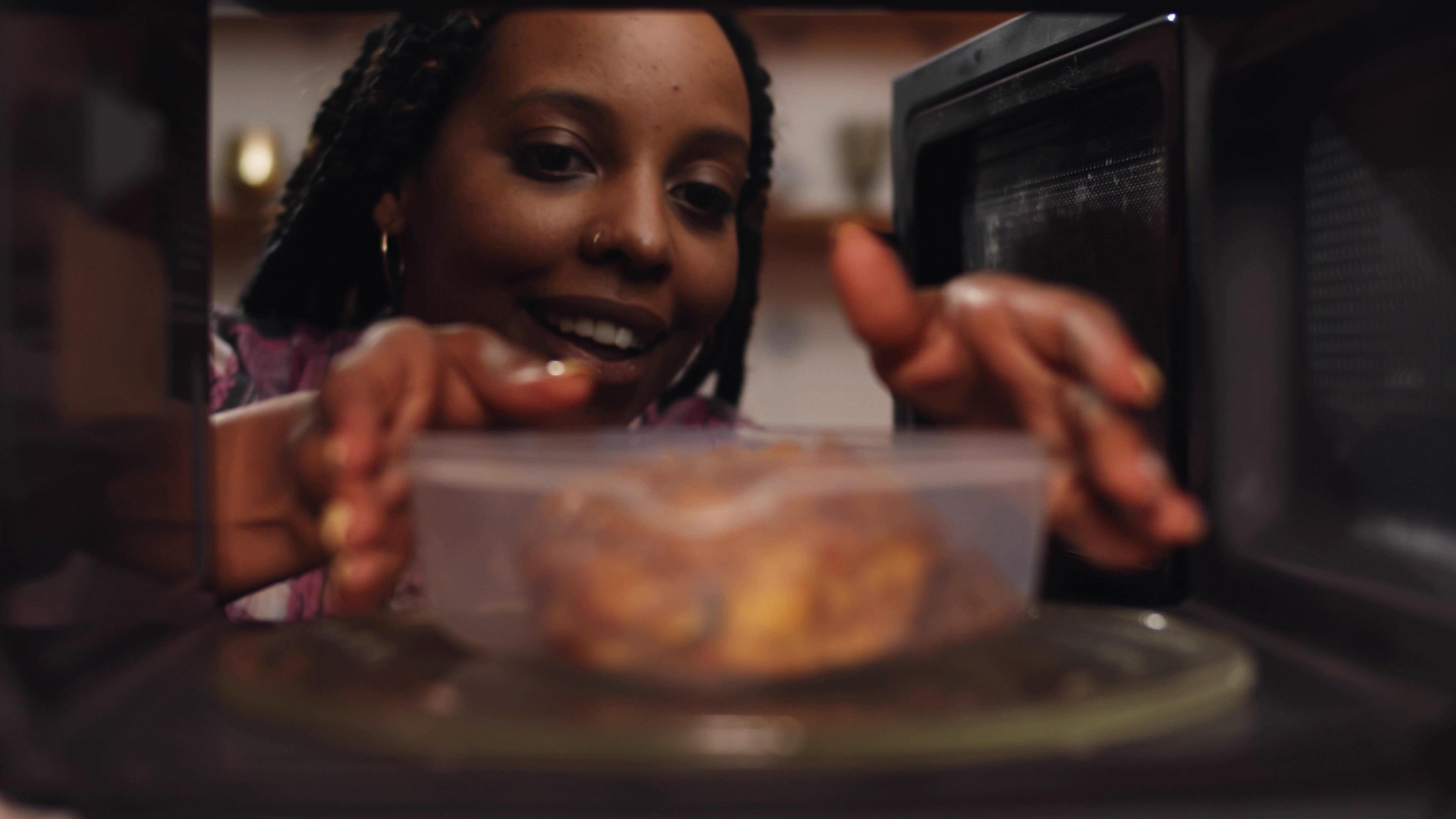How Many Times You Can Reheat The Same Leftovers
No one wants to waste food. But is it safe to re-reheat your meal?
This thought process arose from something I am only slightly ashamed to admit. Last week I had a large container of leftover baked mostaccioli. When I initially took these leftovers home from my mom's house, I must have been aching for a food coma at work, because I packed that container so full that the lid had trouble closing. Rather than separate the food into two servings, I just microwaved the whole container two days in a row.
After this, the shame set in. My stomach felt fine both days, but I wondered: Was it technically unsafe for me to have reheated the same leftovers twice?
How reheating food affects quality
I know that taking some of the pasta out of the plastic container and heating up a single portion on a plate would have been a better move, but it was Monday and I just didn't give a damn. My eyes must have been bigger than my stomach, because I ended up only eating half of the leftovers; I didn't want the other half to go to waste, so in true "I don't give a damn" spirit, I took the rest of the already reheated leftovers and placed them right back in the refrigerator.
"After each reheating, leftovers will be safe in the fridge for an additional three to four days," the USDA advises. "Because the quality decreases each time food is reheated, it is best to reheat only the amount needed."
While the quality might decrease with multiple reheatings, it likely takes more than two for the quality to diminish enough to notice it, at least depending on the type of food you microwave. The pasta leftovers I ate tasted perfectly fine both days, with no detectable difference in the first reheat and the second reheat.
Is it safe to reheat leftovers multiple times?
The BBC's Good Food magazine advises against reheating the same leftovers more than once, as it can increase the risk for food poisoning. When food is cooled too slowly or not reheated thoroughly, it can breed harmful bacteria. While that's true of any food, regardless of whether they're leftovers or not, intermittently stirring food around as you reheat it can help ensure it's heated throughout.
This is a good excuse for a quick refresher on the "Danger Zone" rule of food safety. As the USDA explains, food should not be held at a temperature between 40-140 degrees Fahrenheit (the danger zone) for more than two hours. If you plan on keeping cooked food out on the counter for that long, make sure it stays hot, above 140 degrees. Otherwise, get it down to below 40 degrees by refrigerating or freezing it. And as the USDA emphasizes, keep leftovers for a few extra days, maximum.
Technically, the limit does not exist in terms of reheating the same food more than once, but you do run the risk of diminished food quality each time you pop something in the microwave—and if you don't handle the food properly between reheatings, you risk food poisoning. I can't say I won't ever reheat my leftovers multiple times again, but the possibility of bacteria growth will make me think twice about it. It's much easier to transfer each portion to a plate than spend time worrying about temperature control.
